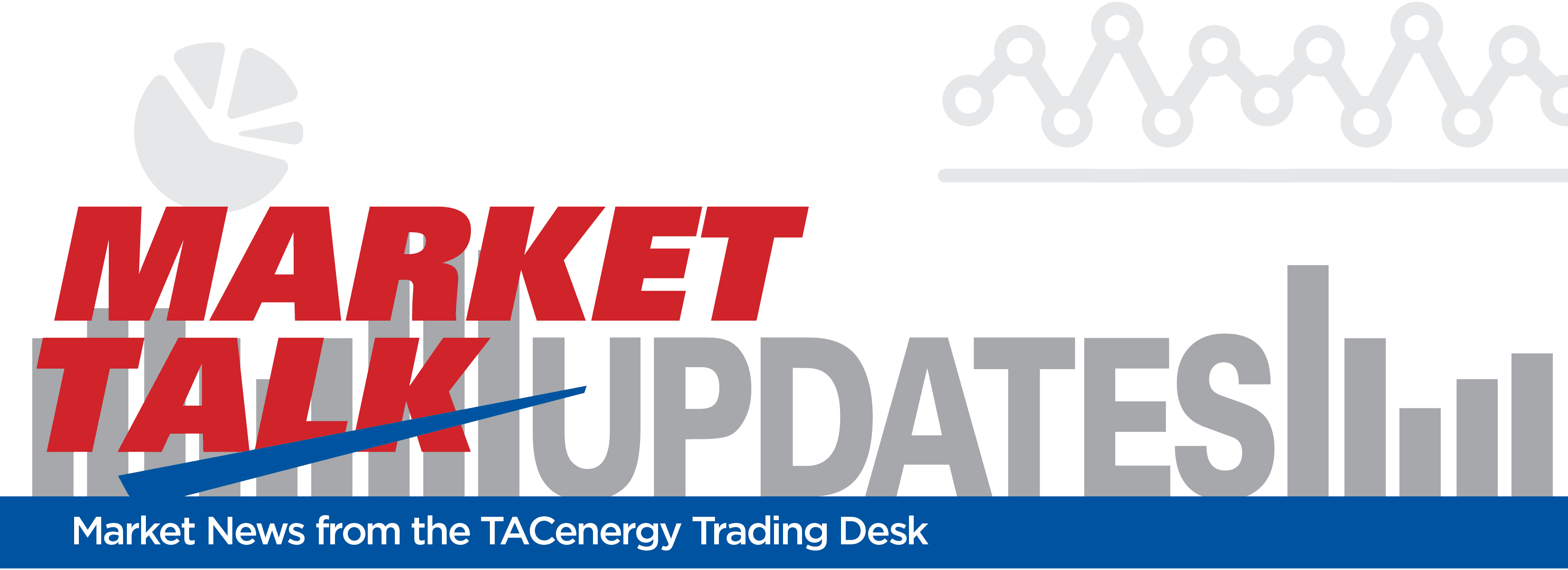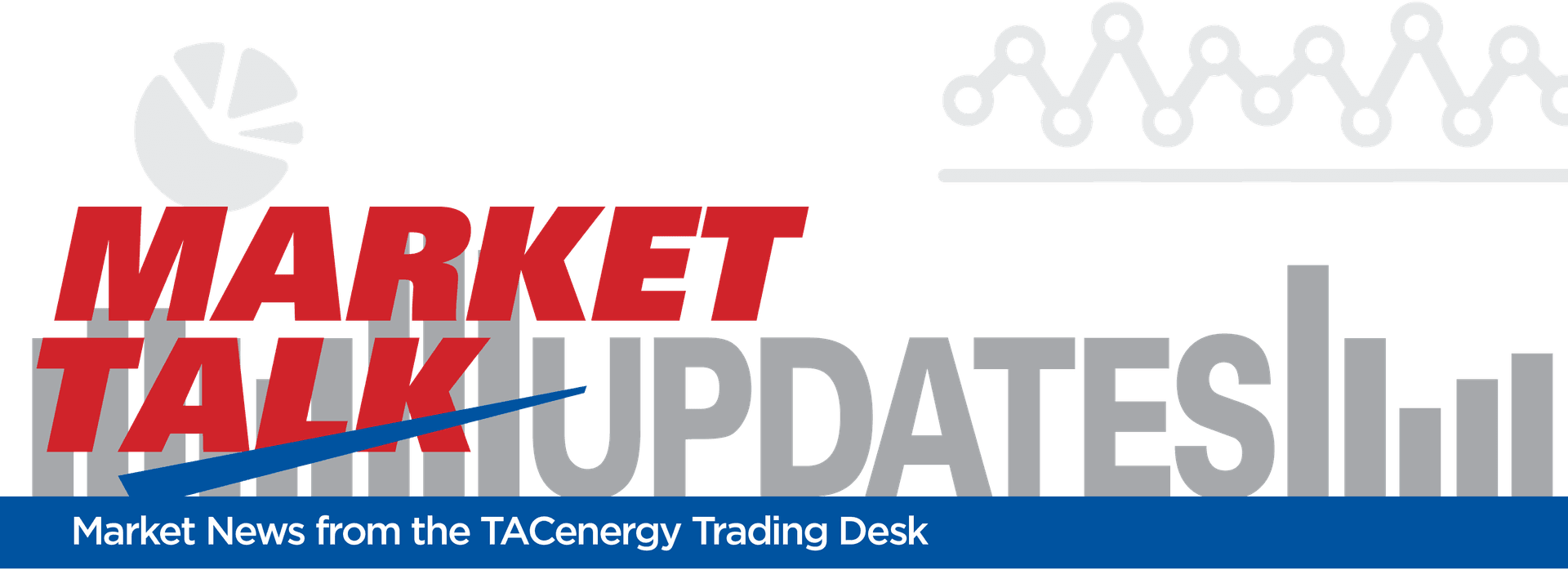Diesel Inventories Below 5 Year Seasonal Range Indicating Backwardation Moving Into Summer

Gasoline prices are leading the energy complex lower to start Tuesday’s session after Monday’s rally attempt ran out of steam. May RBOB settled right at the 200 day moving average, which failed to confirm Friday’s settlement above that resistance layer and seems to have sparked some profit taking with prices down 3.5 cents in the early going. Crude oil prices are down a little over $1/barrel while ULSD is down a couple of cents.
Time spreads have been strengthening for diesel with the expiring May ULSD contract spiking to the highest premium vs forward values in 14 months. With diesel inventories hovering below the 5 year seasonal range there’s an argument for more backwardation even as we move into the summer months, even though the official inventory figures continue to be distorted by RD stocks not being included.
April 28th was the deadline for the 6 states that couldn’t get out of their own way and were requiring a 7.8lb gasoline grade to promote more corn to sugar to alcohol to fuel sales in the form of E15. Those states had passed up multiple chances at a do-over, before requesting “emergency” relief from the EPA last week. The EPA granted their requests Monday and issued a nationwide waiver on E15 sales that allows a higher vapor pressure than would normally be allowed in the summer time. So, now those suppliers who worked to have a supply of 7.8lb gasoline over the past couple of months are stuck with a more expensive fuel in tank that customers will complain about since it’s no longer required.
Neste’s Q1 earnings report shed more detail on the challenging quarter for renewable producers as the change in U.S. credits, and costly feedstocks that aren’t exempt from tariffs, both took a heavy toll on margins that weren’t great to begin with. The company noted that the loss of the BTC caused it to change its strategy for its Singapore renewable refinery as U.S. imports no longer qualify for the new CFPC, while domestic production at their Martinez CA JV with Marathon was subdued due to the drop in LCFS values and Used Cooking Oil feedstocks from China which are currently excluded from the CFPC. While the company is currently in the midst of another restructuring, their plans to expand their Rotterdam facility into the world’s largest renewable refinery remain on track for 2027 according to the filing.
BP highlighted its about-face in strategy in the first quarter, after it largely gave up is failing plans to moved “Beyond Petroleum.” The company noted a heavy turnaround schedule at its refineries in Q2 while noting that the margin environment remains “sensitive” with guidance suggesting that refining earnings will likely be similar to 2024 absent the extended downtime at Whiting they had last year.
Another one bites the dust: Scottland’s last refinery has ceased operations this week, the latest in a series of closures across Europe as stagnant demand and newer facilities in other parts of the world put older facilities out of business.
Latest Posts
Energy Markets Mixed As LCFS Prices Surge And Rig Count Falls
Refined Products Move Into the Red After 2 Days of Gains
Energy Markets Rebound After Rout: Diesel Surges, Gasoline Lags
Week 25 - US DOE Inventory Recap
Energy Markets Stabilize as Ceasefire Holds and Risk Premiums Fade
Ceasefire Announced in Middle East, Energy Markets Crumbling
Social Media
News & Views
View All
Energy Markets Mixed As LCFS Prices Surge And Rig Count Falls

Refined Products Move Into the Red After 2 Days of Gains



